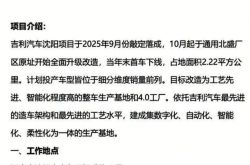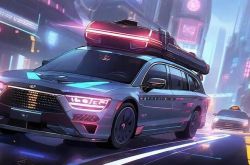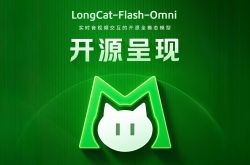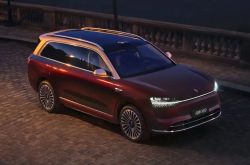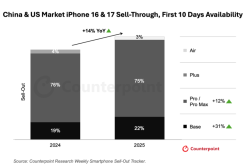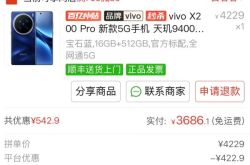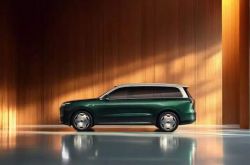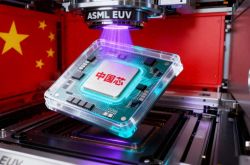Tengshi N9 vs Wenjie M8: The Battle for the Throne of 400,000 Yuan Domestic SUVs
![]() 03/25 2025
03/25 2025
![]() 799
799
The arrival of the Tengshi N9 has stirred up the competition in the domestic SUV market, putting models like the Lixiang L9 and Wenjie M9 on high alert.
While Lixiang L9 and Wenjie M9 emphasize "intelligence" and "comfort," the newly unveiled Tengshi N9 prioritizes "affordability" and "hardware," giving it a natural edge in the lower segment of the market.
Its most immediate rival is expected to be the Wenjie M8, which is set to launch in April.
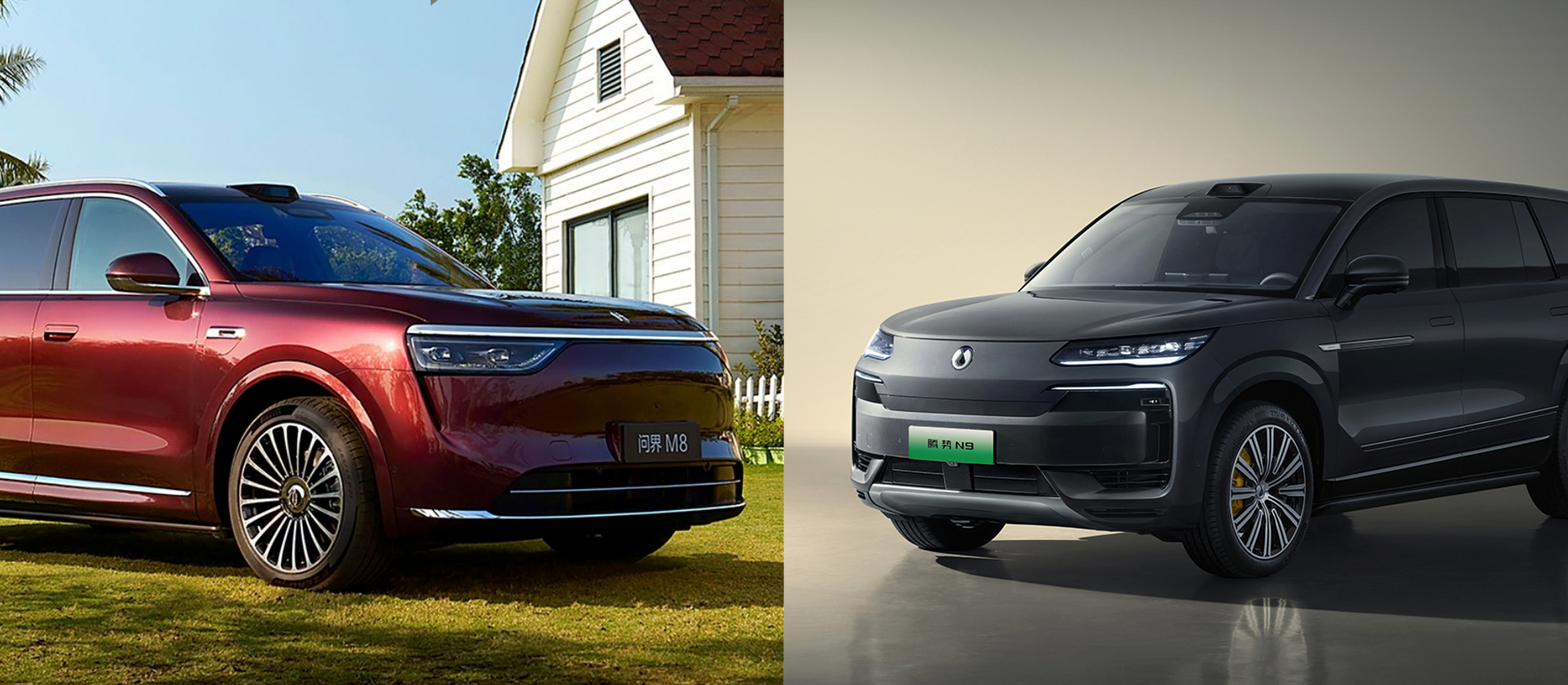
Source: HarmonyOS Intelligent Auto & Tengshi Auto Official | Illustration: Dianchetong
The Wenjie M8's pre-sale price range spans from 368,000 yuan to 458,000 yuan, which falls entirely within the Tengshi N9's price bracket of 389,800 yuan to 449,800 yuan. During the recent Huawei Pura Vanguard Ceremony, Yu Chengdong officially announced that the Wenjie M8 has garnered over 70,000 small reservations, signifying significant confidence in this upcoming model.

Screenshot: Huawei Pura Vanguard Ceremony Live Stream
Both the Tengshi N9 and Wenjie M8 are new energy SUVs priced around 400,000 yuan, representing the latest understandings of their respective brands in the premium mobility sector. But which one better caters to Chinese family users? A detailed comparison might yield a clearer answer.
Trading Range for Technology: Tengshi N9's Bold Move
For new energy SUVs priced around 400,000 yuan, consumers expect nothing short of excellence. Hence, these products must deliver genuine value across all parameters and configurations.
Let's start with the powertrains. Both models initially launched with hybrid systems. However, due to their different brand orientations, the Wenjie M8 employs an extended-range system featuring a 1.5T engine and front and rear dual-motor power, while the Tengshi N9 utilizes a plug-in hybrid powertrain with a 2.0T engine and three motors.
In terms of performance, since the engine and three drive motors can simultaneously power the vehicle, the Tengshi N9 boasts a 0-100km/h acceleration time of just 3.9s, virtually unmatched in the SUV segment at this price point.
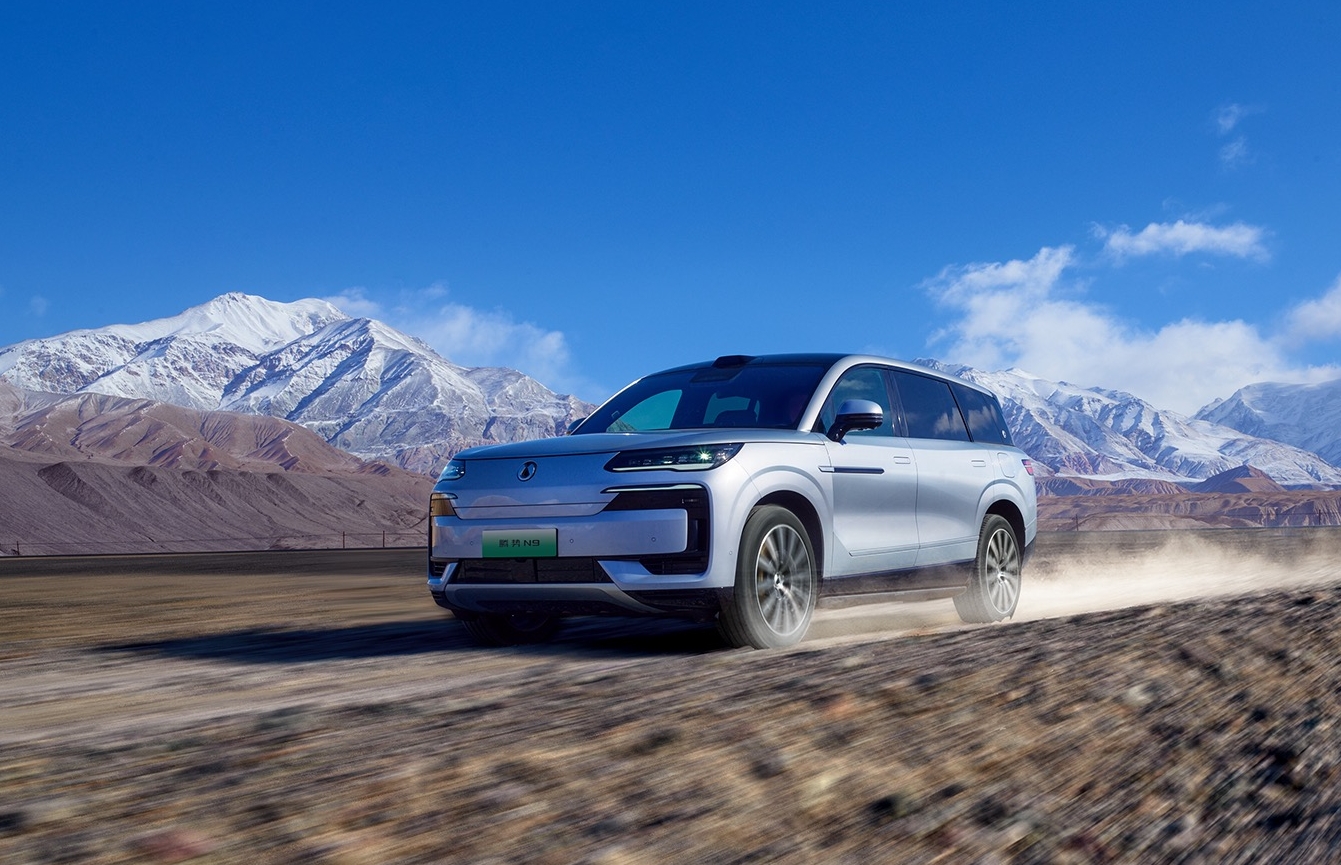
Source: Tengshi Auto Official
The Wenjie M8 has yet to reveal its performance figures, but the Wenjie M9, which uses a similar powertrain, can accelerate from 0 to 100km/h in as fast as 4.9s. With a slightly lighter body, the Wenjie M8 is expected to be faster, but the dual-motor setup's performance limit suggests its 0-100km/h acceleration time will likely be above 4s.
What surprised Dianchetong was the discrepancy in range between the two models.

Table: Dianchetong
For a long time, both BYD and Tengshi have strongly highlighted their technological advantages in energy conservation. The newly launched Tengshi N9 employs a higher-capacity battery pack, but factors like high performance output and increased weight make it challenging to reduce overall vehicle energy consumption. Even when compared to the Wenjie M9, another large SUV, the Tengshi N9 does not exhibit a significant advantage in range capability.
Dianchetong believes that with BYD Group's technological prowess, achieving a higher level of energy conservation for the Tengshi N9 is feasible. However, the Tengshi N9's focus on iTurbo technology is crucial.
The audience's demands in the premium new energy SUV market differ significantly from those in the 200,000 yuan segment. They have stricter requirements for products, and user-visible configurations such as intelligence and comfort must be maximized. The Lixiang L series and Wenjie M series capitalize on this to attract users.
For the late entrant Tengshi N9, merely achieving higher energy conservation while keeping up with these configurations might not significantly enhance audience perception. Consumers expect more unique experiences within the same budget.
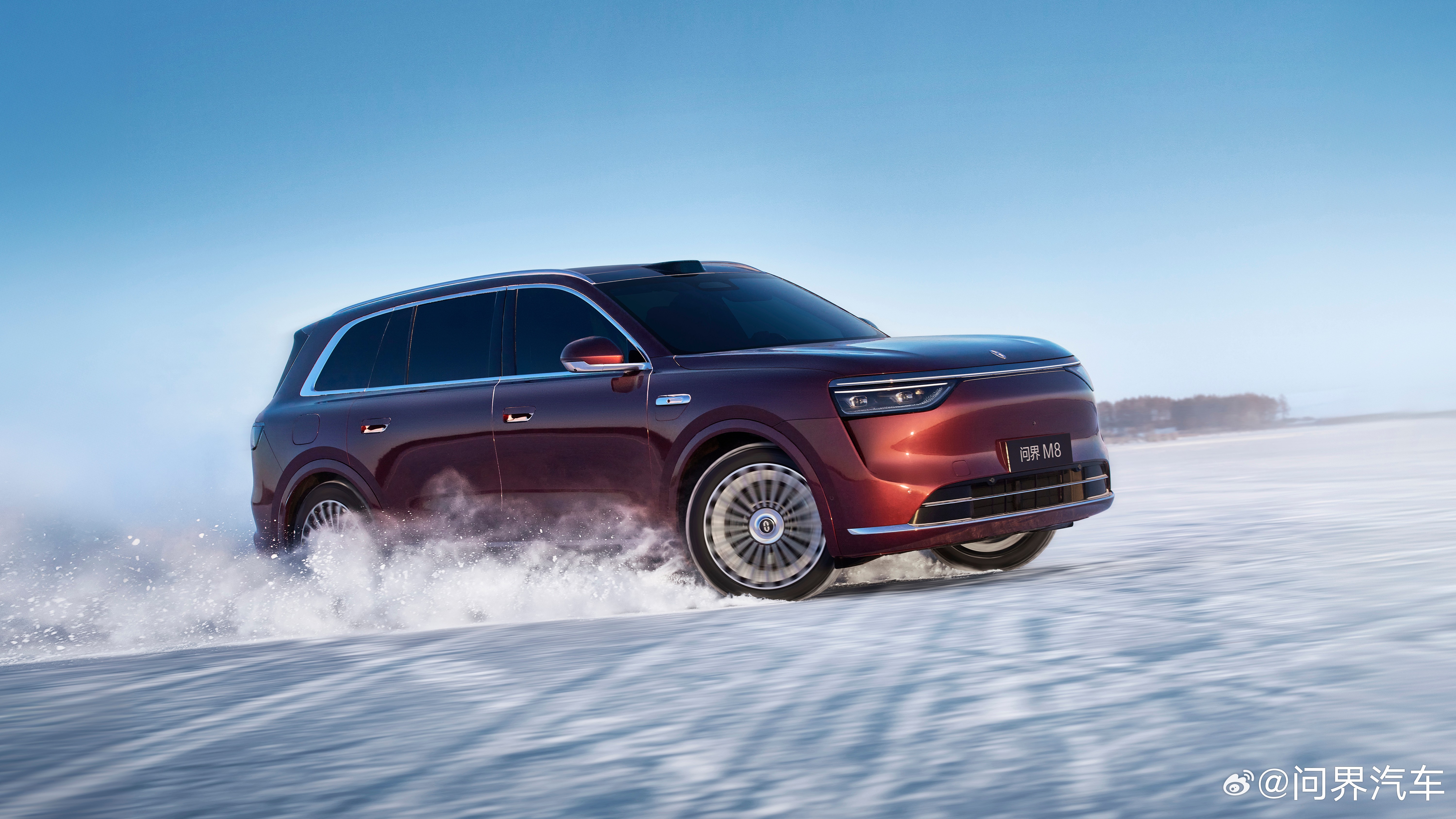
Source: Wenjie Auto
Both the Wenjie M8 and Lixiang L9 emphasize ride comfort in their chassis designs. However, iTurbo technology supports functions like circle-turning and iTurbo parking, enhancing the vehicle's handling flexibility and body stability, which is particularly user-friendly for large SUV drivers.
Zhao Changjiang, General Manager of Tengshi Sales Business Department, candidly stated on social media that "Tengshi N9 orders have exceeded expectations." The sales growth of this premium new energy SUV is closely tied to its iTurbo technology. Although equipping three motors sacrifices some range, the overall benefits outweigh the drawbacks.
The Intelligence Showdown: Wenjie M8's Perceptual Edge
The Wenjie M8's specific configurations have yet to be announced, but referring to the 2025 Wenjie M9 and the on-sale Wenjie M7, it can be inferred that the Wenjie M8 will undoubtedly come with features like the HarmonyOS cabin, zero-gravity seats, and a cool-warm box, which are also available on the Tengshi N9. Hence, there won't be a significant gap in riding experience between the two.
However, Dianchetong discovered from official configuration details that the Wenjie M8 does not adopt the same four-lidar solution as the new Wenjie M9. Instead, it uses a dual-lidar setup comprising one front lidar and one high-precision solid-state lidar, combined with five 4D millimeter-wave radars (including three forward-facing distributed radars). This intelligent driving hardware falls between that of the Wenjie M9 and M7.
Combined with the official image, the high-precision solid-state lidar will be positioned at the rear of the vehicle, and Huawei's Kunlun ADS 3.0 will definitely be applied, enhancing rear perception capability.
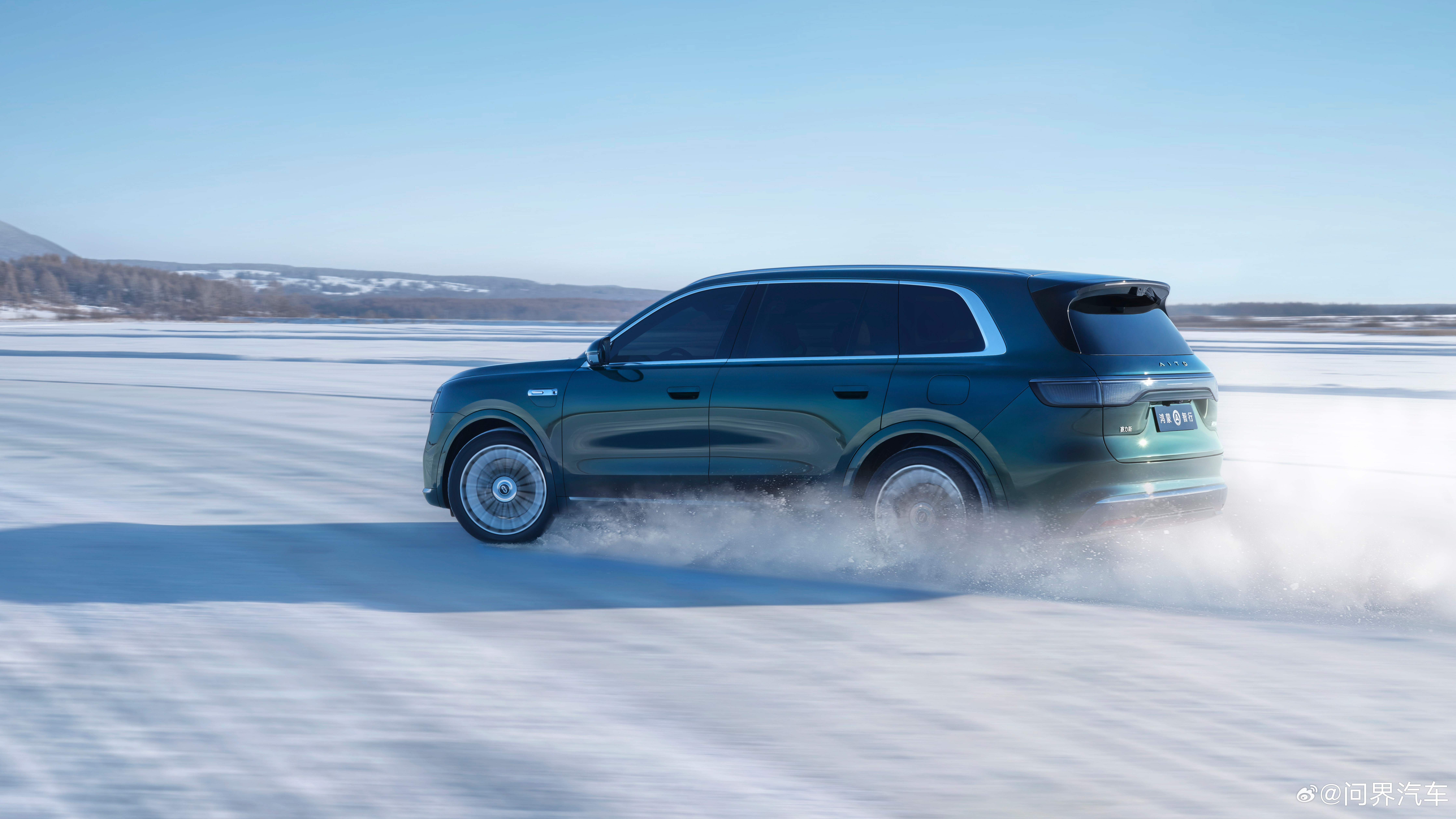
Source: Wenjie Auto
The Tengshi N9 is equipped with the high-level intelligent driving solution Tian Shen Zhi Yan B (DiPilot 300), featuring one lidar and over 30 sensors. It provides end-to-end full-scenario navigation and intelligent parking functions.
In terms of functionality, both models undoubtedly meet most users' intelligent driving needs, but the Wenjie M8 might have an edge in perception capability.
Particularly noteworthy is the "tower-style" lidar. Although the official has yet to announce the number of lidar lines for the Wenjie M8, referencing the similarly priced Xiangjie S9, it can be virtually confirmed that the Wenjie M8 will adopt the same 192-line lidar as the 2025 Wenjie M9, while the Tengshi N9's lidar only has 128 lines.
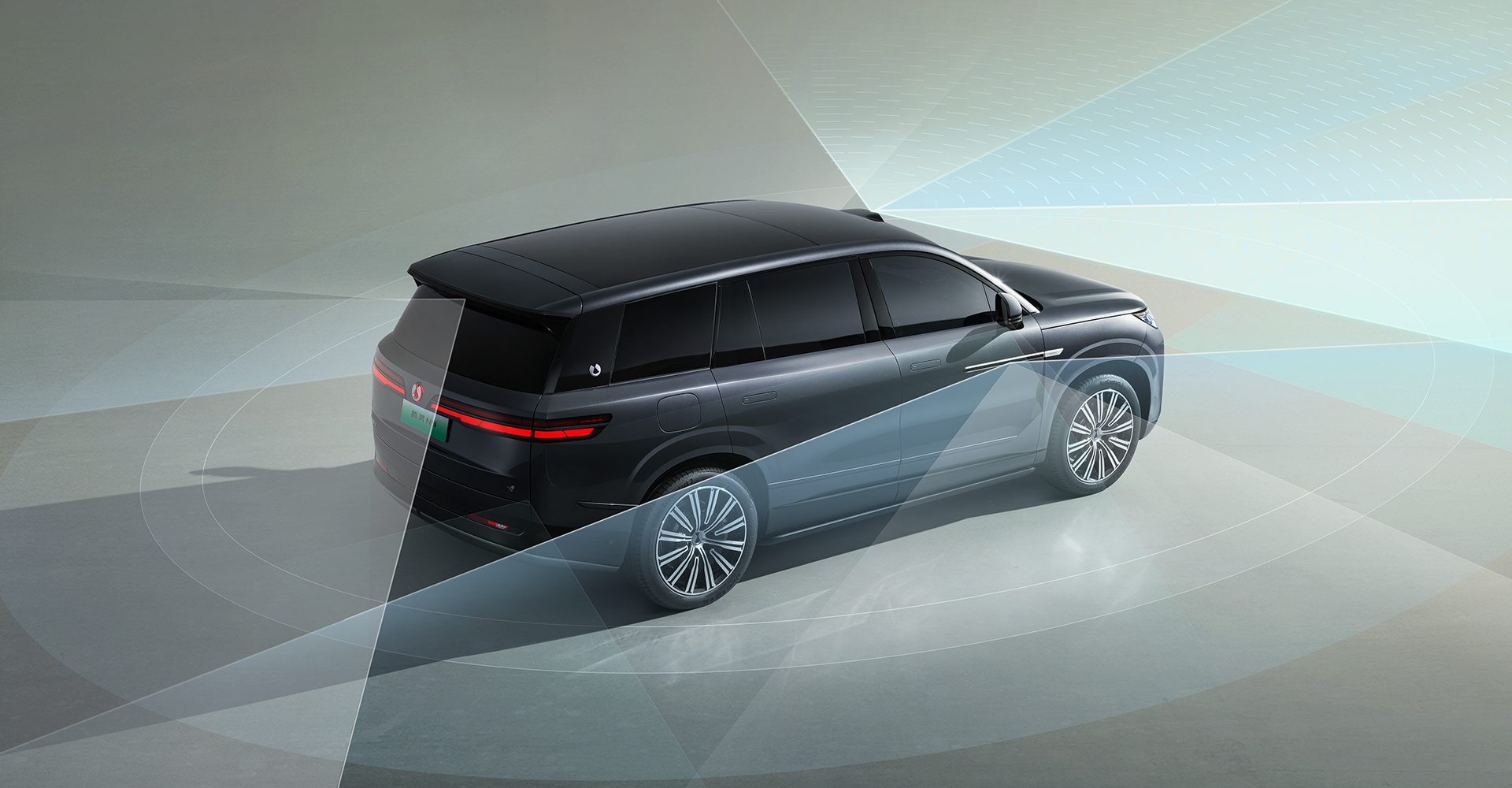
Source: Tengshi Auto Official
The number of lidar lines represents the number of laser transceiver modules in the vertical direction. More lines equate to higher lidar point cloud resolution and stronger overall performance.
Moreover, although the Wenjie M8 does not incorporate two lateral lidars, the rear lidar it uses enhances the vehicle's ability to avoid collision risks in scenarios like reversing and parking, especially in recognizing negative obstacles behind, such as steps, bumpy roads, and overhanging roads.
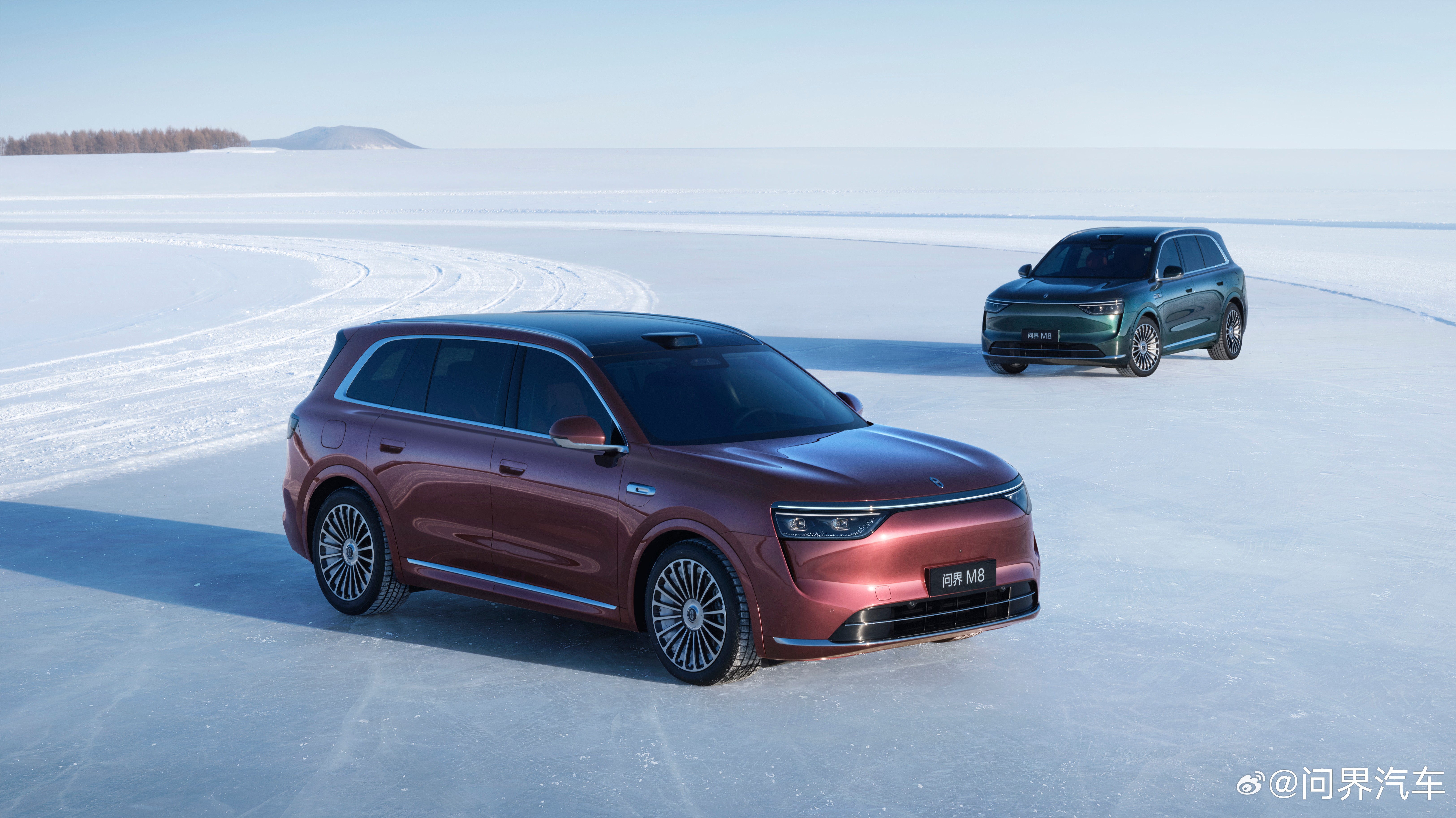
Source: Wenjie Auto
In practical terms, the Tengshi N9's Tian Shen Zhi Yan B already covers most users' travel needs and performs admirably in real-world driving scenarios.
It is almost certain that the Wenjie M8 will continue the technological advantages of HarmonyOS Intelligent Auto in intelligent driving. As a premium brand under BYD, Tengshi Auto first applied high-level intelligent driving on the Tengshi N7. Its progress in this field is indeed slower than HarmonyOS Intelligent Auto. Therefore, a gap in perception capability is natural.
Of course, neither the Tengshi N9 nor the Wenjie M8 represents the pinnacle of their brands' intelligent driving capabilities, and algorithms will continue to be optimized through AI large models. Both have room for growth in intelligent driving capabilities.
The SUV "Double Kings" with Distinct Selling Points: User Choices Await
Upon analyzing the above, it becomes evident that the Tengshi N9 and Wenjie M8 each have their strengths. At a similar price point, the former emphasizes the technological experience brought by hardware, with consumers paying for three motors, iTurbo technology, etc.; the latter places more focus on intelligence and comfort, backed by Huawei's ecosystem, high-level intelligent driving, and an array of impressive configurations.
Hence, it's straightforward to interpret the target personas for these two models. The Wenjie M8 is more appealing to consumers who prioritize a sense of technology and intelligence, especially loyal users accustomed to Huawei's ecosystem. On the other hand, the Tengshi N9 will resonate with those who appreciate BYD's "technology-first" product philosophy and have high expectations for driving control and performance.
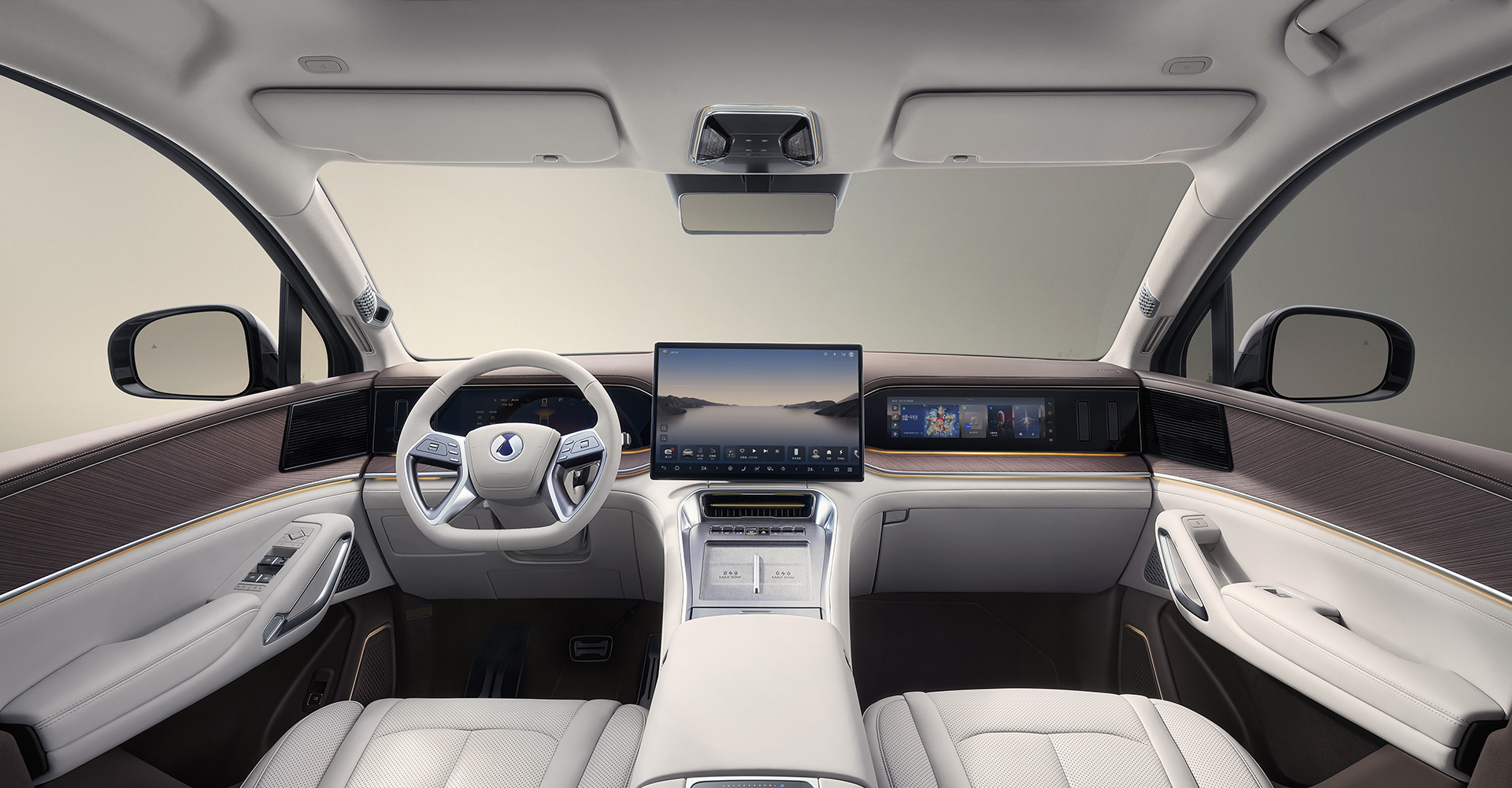
Source: Tengshi Auto Official
The HarmonyOS Intelligent Auto system, primarily comprising the Wenjie M7 and Wenjie M9, has already established a premium perception in China. The Wenjie M8 faces little pressure in achieving strong sales. However, whether it can successfully convert these 70,000 small reservations into firm orders might depend on how appealing the Tengshi N9 proves to be for these consumers.
Currently in the pre-sale stage, the Wenjie M8 might still see a price adjustment before its launch. HarmonyOS Intelligent Auto might decide to "pull an overnight executive decision" and offer a formal starting price lower than the pre-sale price, thereby challenging the Tengshi N9's affordability advantage.
(Cover image source: HarmonyOS Intelligent Auto & Tengshi Auto Official)
Source: Leikeji

